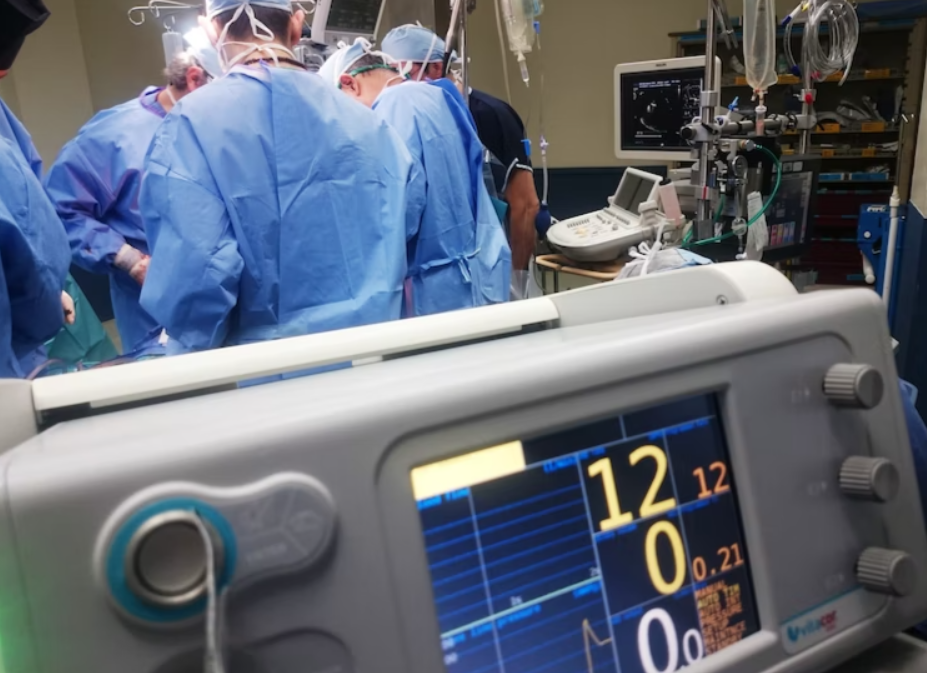Strategies for Preparing Your Client for Prison: 6 Pieces of Advice for Navigating the Prison System – Guest Post

Navigating the prison system can be intimidating and overwhelming for clients and their legal counsel. It is important to take the necessary steps to prepare your client for this transition, as it can greatly impact their overall experience in prison. Here are four pieces of advice for helping them navigate the prison system.
Advise Them on What to Take Care of Before Entering the System
Knowing if your client has any outstanding debts, recurring bills, or legal obligations is important. Advise them on what to do regarding these items before they enter prison, such as putting services they regularly pay for on hold, paying back outstanding debts, and setting up automatic payments for any ongoing financial obligations they can’t get out of while incarcerated. If your client has a job, it would be best if they spoke with their employer to inform them of what’s going on in order for your client to leave the job with a better standing than if they just no-showed. Especially if this means they have a chance at having a job when they get out.
If your client has children, especially if they’re a single caregiver, it’s important they focus on figuring out who will care for their children while they’re gone. Make sure they consult with a lawyer to ensure there are no legal issues that need to be handled prior to entering the system.
Explain The Process of Transitioning
Clients should be provided with a detailed explanation of the process of transitioning to prison. This includes being aware of the timeline they will experience while traveling to and entering the prison system, such as transit times, strip searches, paperwork processing, and potential medical screenings. Establishing open dialogue lets your client feel informed and in control of their changing situation while giving them a roadmap of what to expect.
Advise on What To Bring
Provide your client with a list of items they can take while entering the prison system. This includes items such as methods of identification, such as a driver’s license, any prescription medications or glasses they might need, and personal items such as their wedding ring, religious items, and money. While your client may not be allowed to keep the money they bring in, it can be added to their commissary account, which will allow them to buy things such as food, snacks, and toiletries.
Advise on How to Behave
It is important to let your client know how they should conduct themselves while in prison. This includes following all rules, respecting other inmates and staff, avoiding conflicts and confrontations, and having respect for their own personal safety. Being aware of their surroundings at all times can help them avoid dangerous situations. Additionally, a positive attitude will go a long way to ensure their safety and help them build better relationships with inmates, the staff, and authorities. Informing your client of these tips can help make their transition smoother, safer, and more successful.
Provide Emotional Support
It’s important to make sure your client knows that prison is difficult and not to feel ashamed of the positions or mental states they may find themselves in a while serving their sentence. This also means providing emotional support, understanding, and empathy for your client during the intake process and their time in prison. Cultivating an open and non-judgmental atmosphere where it’s okay for them to express their feelings can make a world of difference, especially while you work with them while they’re in prison.
You can also help and advise them on programs within the system that can provide support for a myriad of things they may be dealing with while locked up. This can include support services such as therapy or counseling. It’s also important to ensure your client is aware of their rights while incarcerated.
Maintain Communication
Lastly, it’s important to maintain communication with your client while they are in prison. Make sure to check in on them at least once a month and send any letters and books that may be of comfort or aid to them during their incarceration. It could also be beneficial for your client if you connect them with organizations that support inmates, such as pen pals or Prisonology, a program that teaches inmates about the law. This can provide them with knowledge and understanding about their new environment, which could make a huge difference for your client regarding mental health and how they transition back into society after their sentence is served.
Overall, it is important to take the necessary steps to ensure your client’s safe and successful transition into prison. This includes helping them handle any outstanding issues they may have, advising them on what to expect while transitioning, informing them of what items they can bring into the system, providing emotional support, and maintaining communication with them throughout their sentence. All these tips can help your client navigate the prison system more efficiently and make their experience in prison more positive. With proper preparation, your client will be better equipped to handle their time in prison and have a smooth transition back into society once released.



